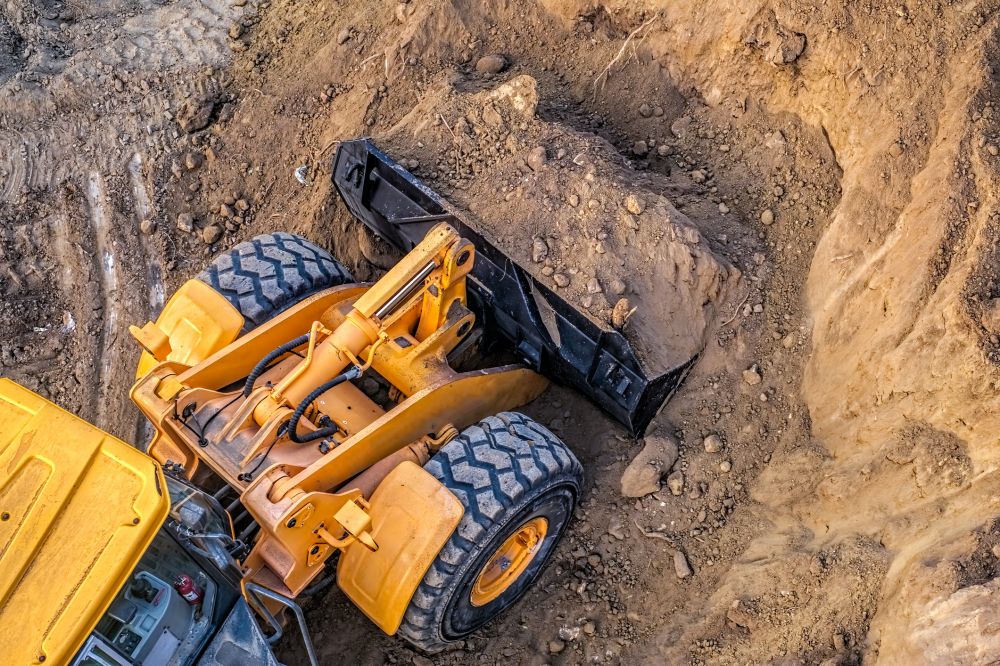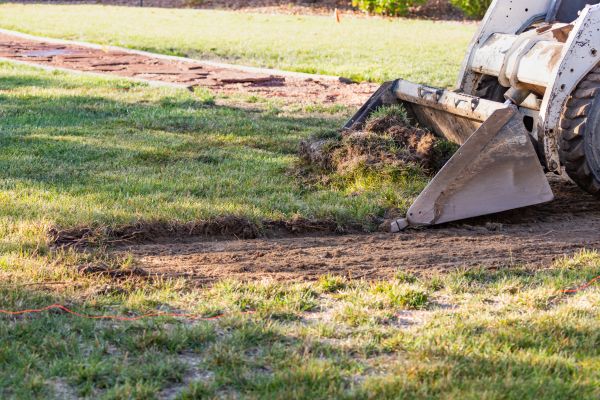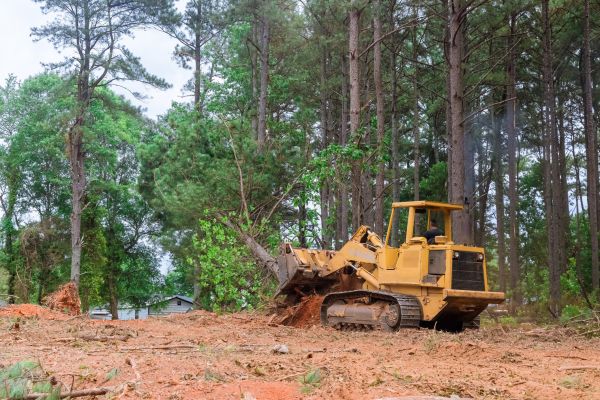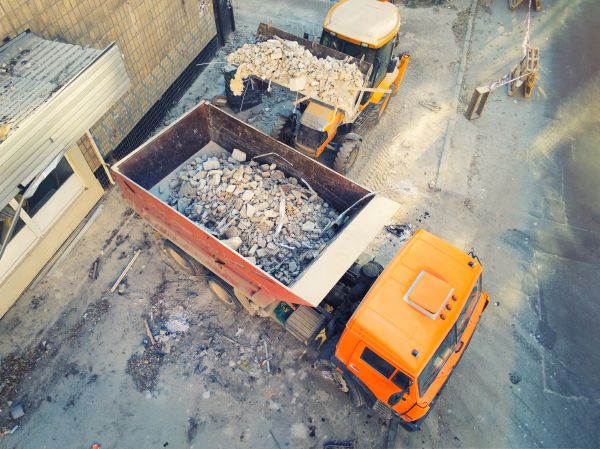Field Clearing Service
Affordable Field Clearing
Field clearing is a crucial process that involves the removal of unwanted vegetation, debris, and obstacles from a specific area of land. This practice is essential for preparing land for various purposes, such as agriculture, construction, or landscaping. By ensuring that a field is cleared efficiently and effectively, landowners can optimize the use of their property and prevent potential issues related to overgrown vegetation, such as pest infestations or fire hazards. Additionally, field clearing can enhance the aesthetic appeal of the land and increase its value. Engaging in regular field clearing ensures that the land remains functional, safe, and visually pleasing.
Benefits of Field Clearing
-
Improved Land Utilization
Field clearing allows landowners to maximize the use of their property by removing obstacles that hinder productive activities. Whether the goal is to cultivate crops, build structures, or create recreational spaces, a cleared field provides a blank canvas for development. This process ensures that the land is used to its full potential, supporting economic and personal growth. -
Enhanced Safety
Overgrown fields can pose significant safety risks, including the potential for wildfires and the presence of dangerous wildlife. By clearing the field, these hazards are significantly reduced, creating a safer environment for people and animals. This proactive approach to land management can prevent accidents and protect investments. -
Aesthetic Improvement
A well-cleared field is visually appealing and can enhance the overall look of a property. Removing unsightly debris and unmanaged vegetation improves the landscape's appearance, making it more attractive to visitors, potential buyers, or tenants. This aesthetic improvement can also increase property value and community pride. -
Pest and Disease Control
Unmanaged vegetation can harbor pests and diseases that may spread to nearby crops or structures. Field clearing helps to mitigate these risks by removing the habitats and breeding grounds for these unwanted organisms. This control measure supports healthier ecosystems and reduces the need for chemical interventions.
FAQs About Field Clearing
What is the best time of year for field clearing?
Field clearing is typically best conducted during the late winter or early spring, before new growth begins. This timing allows for easier removal of vegetation and minimizes disruption to wildlife.
How often should field clearing be done?
The frequency of field clearing depends on the land's use and local climate conditions. Generally, an annual clearing is recommended to maintain optimal conditions and prevent overgrowth.
Can field clearing be environmentally friendly?
Yes, field clearing can be done in an environmentally conscious manner by using sustainable practices, such as recycling debris and minimizing soil disruption. It's important to plan the clearing process carefully to protect local ecosystems.
Are permits needed for field clearing?
Permits may be required depending on local regulations and the scope of the clearing project. It's advisable to check with local authorities to ensure compliance with any legal requirements.
Ready to optimize your land with professional Field Clearing? Fill out the contact form now to request services and experience the benefits of improved land utilization, enhanced safety, aesthetic improvement, and effective pest control.




